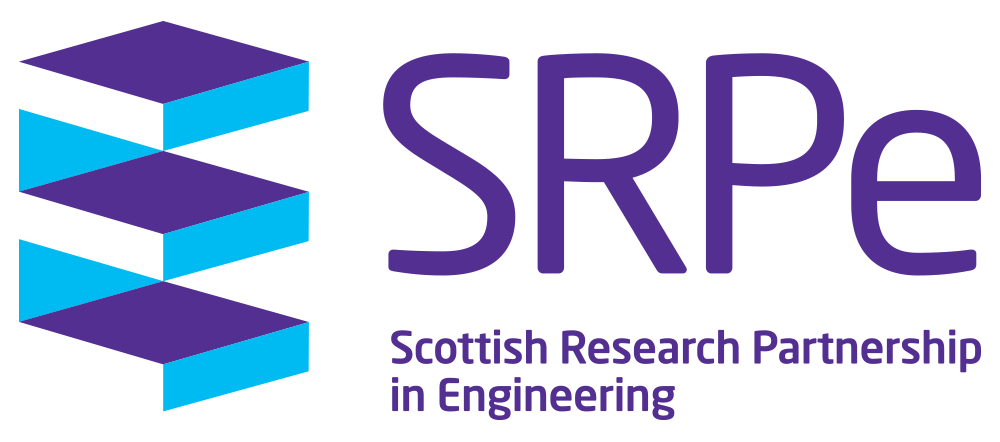Next generation design tools: Full device Design Modelling of Aneurysm Repair Stents
Academic Institution: University of Strathclyde
Academic Supervisor: Dr William Dempster
Industrial Partner: Terumo Aortic
PhD Student: Lewis Wallace
Summary
Aortic Aneurysms (AAs) are one of the largest causes of mortality in men over 50 years old in the UK and are often defined as a swelling of the aortic vessel to 1.5 times its nominal diameter. The current minimally invasive treatments (stent grafts) for AAs can lead to further issues occurring such as occlusions and thrombosis. The aim of this PhD is therefor to create a representative model capable of capturing the unique shape of the stent grafts and using these models to understand the blood flow regime.
The complex deformation shape of stent grafts, used in the minimally invasive treatment of aortic aneurysms (AA’s), leads to unnatural fluid flow domains and subsequently to unfavourable flow conditions within the blood. The stent grafts can be considered to be a fabric sheath, supported structurally by a series of Nickel-Titanium (Nitinol) rings. The unfavourable conditions caused by the fabrics deformation can cause the build-up of fatty plaque or activation of platelets both of which lead to blockages and limit the blood flow downstream.
The aim of this PhD is to capture and isolate the unique behaviours of the fabric before constructing a representative model which can accurately capture the deformation of the stent graft under known loading conditions. The deformed stent graft models can then be subjected to a series of computational fluid dynamic (CFD) simulations which can assess the flow conditions which lead to thrombosis and occlusions. Finally, design modifications can be made which mitigate the issues identified within the CFD analysis.
Key Results/Outcomes
The fabric behaviour is highly non-linear and can be considered anisotropic.
The local compressive state of the stent graft directly impacts the shape and amplitude of the fabric folding.
The fatigue life of the nitinol rings is directly impacted by the stiffness of the fabric sheath.
Journal Publications/Conferences
Suitable Material Modelling Techniques for the Characterization of Woven Bio-Fabrics; Lewis Wallace*, Dr William Dempster, Prof David Nash, Dr Craig Maclean, Dr Alexandros Boukis, Sept 2023
17th International Conference on Fabric Structure Systems and Material Characteristics, Paris,18th - 19th September 2023, Paper: Material Characterization of Medical Grade Woven Bio-Fabric for use in ABAQUS *FABRIC Material Model (Best Student Paper)
10th World Conference on Advanced Materials, Osaka, 20th - 24th May 2024, Paper: Validation of a Bespoke Fabric Modelling Technique and Comparison to Traditional Modelling Methods.
18th International Conference on Advances in Experimental Mechanics, 3rd - 5th September 2024, Liverpool. Paper - Woven Bio-fabric Material Characterisation and FEA Comparison to Scanned Stents.
Contact Details
Dr William Dempster
Senior Lecturer, Mechanical & Aerospace Engineering, University of Strathclyde
william.dempster@strath.ac.uk
Lewis Wallace
PhD Student, University of Strathclyde
lewis.wallace.2016@uni.strath.ac.uk
